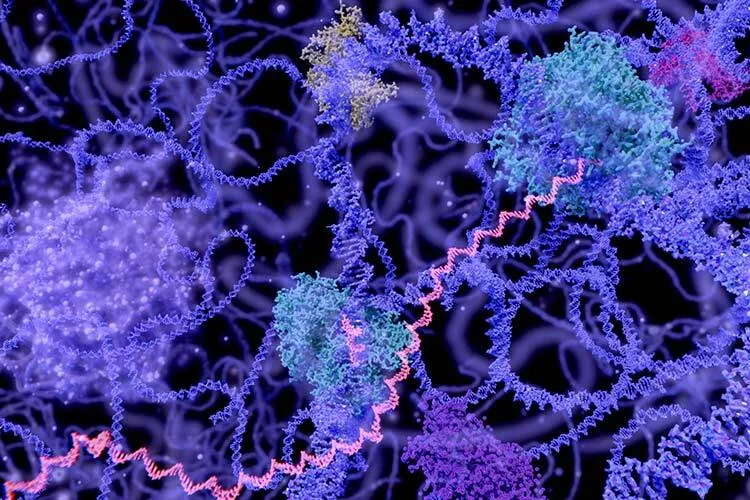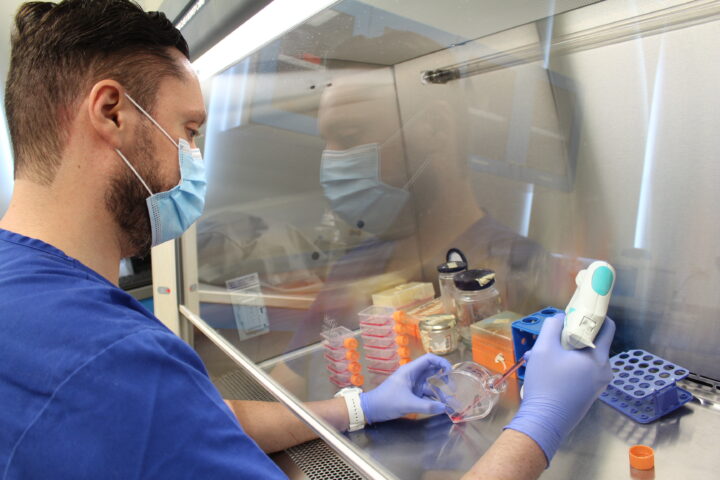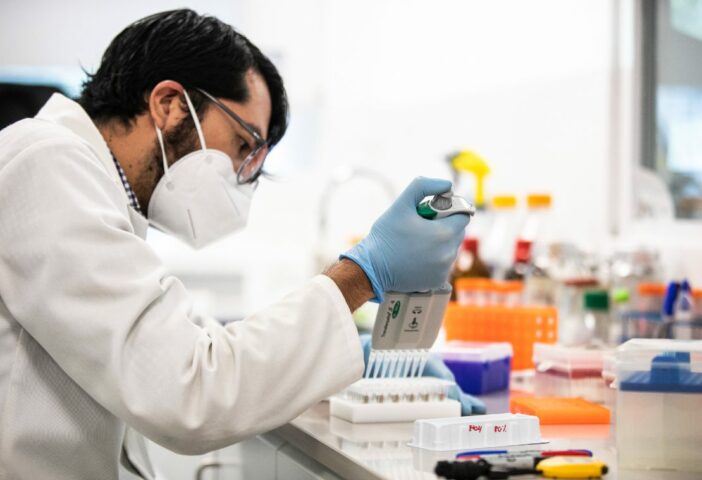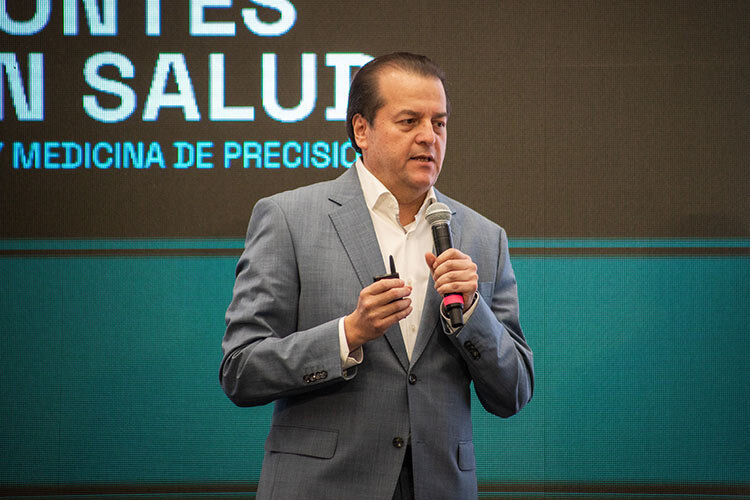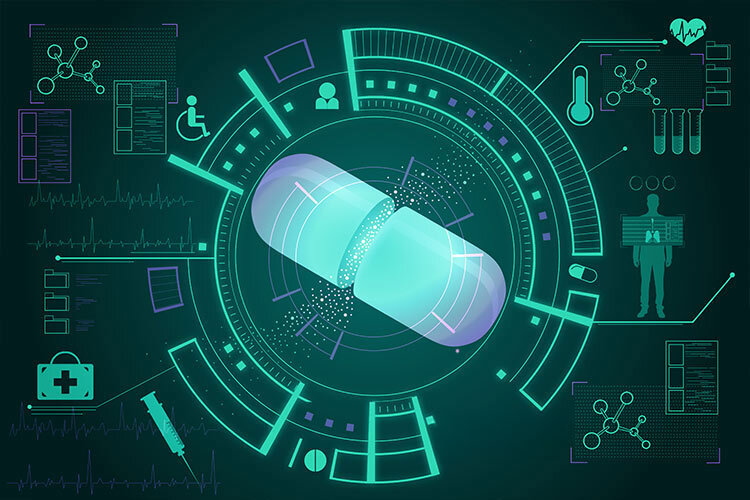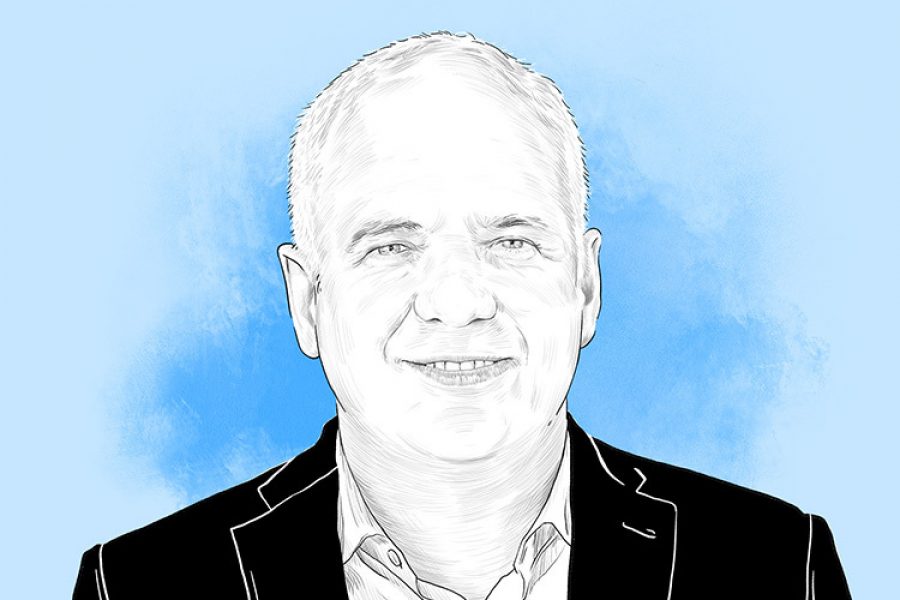Although it may sound scary or gloomy, human corpses hide valuable information for scientists who dedicate their lives to studying human genetics.
The Genotype-Tissue Expression (GTEx) project seeks to create an atlas of gene variants present in different tissues, with the information extracted from the corpses of people who donated their organs.
Its objective is that this atlas can be used to link these variants with characteristics or genetic predispositions to diseases of different populations in the world and achieve medicine tailored to each one of them.
In the world of genetic sequencing, the information necessary to find common genetic traits in a group of humans or decipher whether they have a predisposition to a particular disease can be extracted from various sources, one of them is the transcriptome: the set of messenger RNA (mRNA) and non-coding RNA molecules that are present in a specific cell or tissue, such as the retina of the eye.
Unlike whole genome (DNA) sequencing, transcriptome sequencing has the advantage that when extracted from a specific tissue or cell, it already contains an almost complete set of genes that were transcribed into a functional protein for that tissue or cell in particular.
This makes it possible to detect functional variants of a gene or protein that determine whether a population has specific genetic traits or predispositions to diseases. If the transcriptome is obtained from the ovary, for example, protein and gene variations could be found that cause a higher incidence of ovarian cancer in a specific population.
Finding and interpreting the function of these variants, which number in the millions, remains urgent in order to really be able to create effective treatments or medications for different populations.
However, despite all the advantages that transcriptome sequencing brings, obtaining samples of specific tissues can be complicated, so researchers have resorted to extracting them from tissues of cadavers from people who donated their organs.
Extracting RNA from Corpse Tissues
With this in mind, the GTEx project, founded by researchers at the Broad Institute of Harvard and MIT Universities in 2010, has turned to extracting messenger and non-coding RNA from cadaver tissues.
These tissues, like bones from mummified bodies, still have DNA, RNA, and proteins that can be extracted by different methods.
To date, they have obtained samples of 49 tissues from 838 post-mortem donors. These tissues include multiple regions of the brain (such as the cortex, hypothalamus, amygdala, hippocampus, and cerebellum), lungs, breast tissue, pancreas, liver, kidneys, thyroid, aorta, testes, prostate, bladder, skeletal muscle, and more.
Thus, the project provides an in-depth study of the individual and specific genetic expression of all these tissues, allowing researchers to understand the impact of genetic variation on the regulation of traits and predispositions.
This atlas of information will allow scientists who seek to associate proteins and their variants or genes and their variants with a condition or disease, to do so with greater accuracy.
The lack of representation of Latino, African and Asian Populations in Genetic Studies
However, although the project has made great strides in extracting and sequencing the mRNA and non-coding RNA from these tissues, 85% of its total sample are European-American people, and only 1.9% are Latino or Hispanic.
As has happened in other scientific projects, African, Asian, and Latin American populations are underrepresented.
This is why there are already some projects around the world specifically focused on expanding the genomic and transcriptomic information bank of Asian, African, and Latin American populations.
An example is the oriGen project of Tec de Monterrey that seeks to sequence the genome of 100,000 Mexicans, with samples of people in an age range of 18 to 70 years, from 17 cities in different states that will be representative of the south, center, and north of the country.
To date, more than 33, 000 people have participated, with whom the project has already concluded its stage in Nuevo León. Soon, sampling will begin in Mexico City, Toluca, the State of Mexico, and Michoacán.
With this and other projects, the hope is that efforts to understand the genetic identity of different populations around the world will be amplified and the path towards medicine tailored to each of them will become shorter and shorter.
Scientists who participate in these types of studies invite citizens to participate, donating their blood while they are alive or their organs for the future, ensuring that the process is not painful, is safe and could help humanity solve the mystery of many conditions that today are difficult or impossible to treat.
